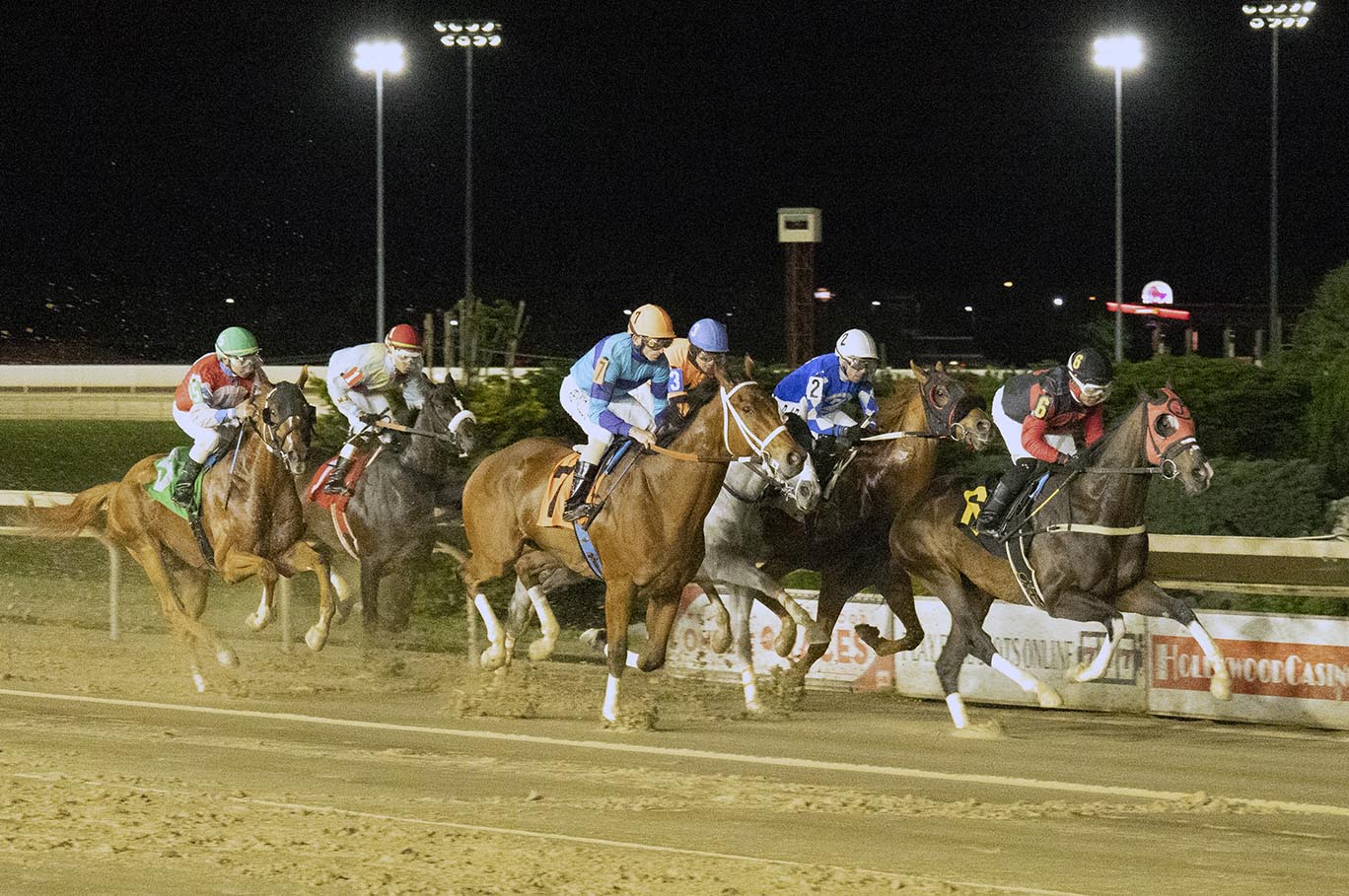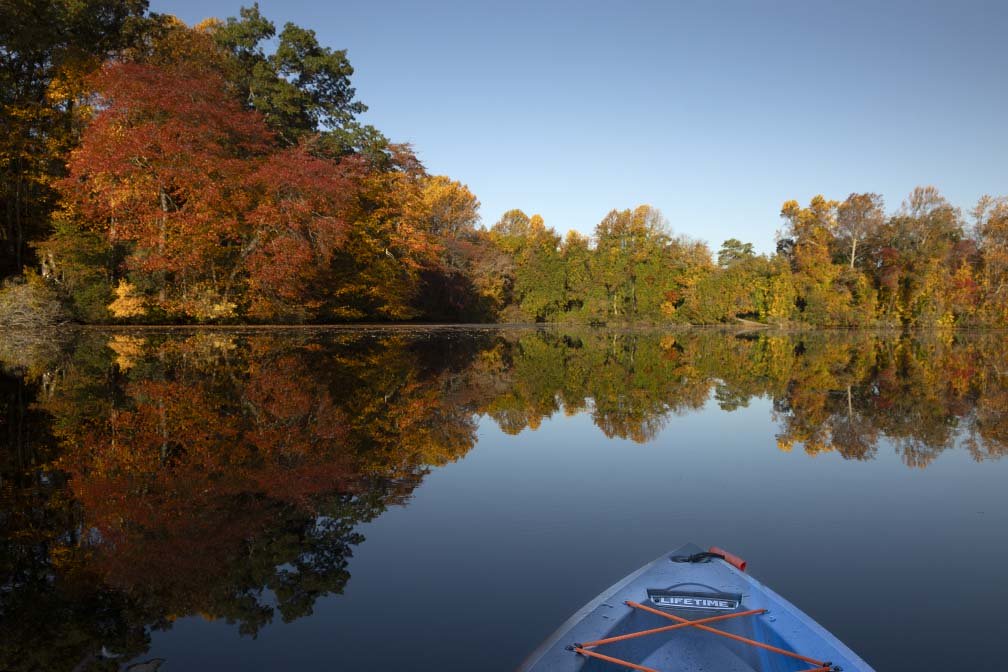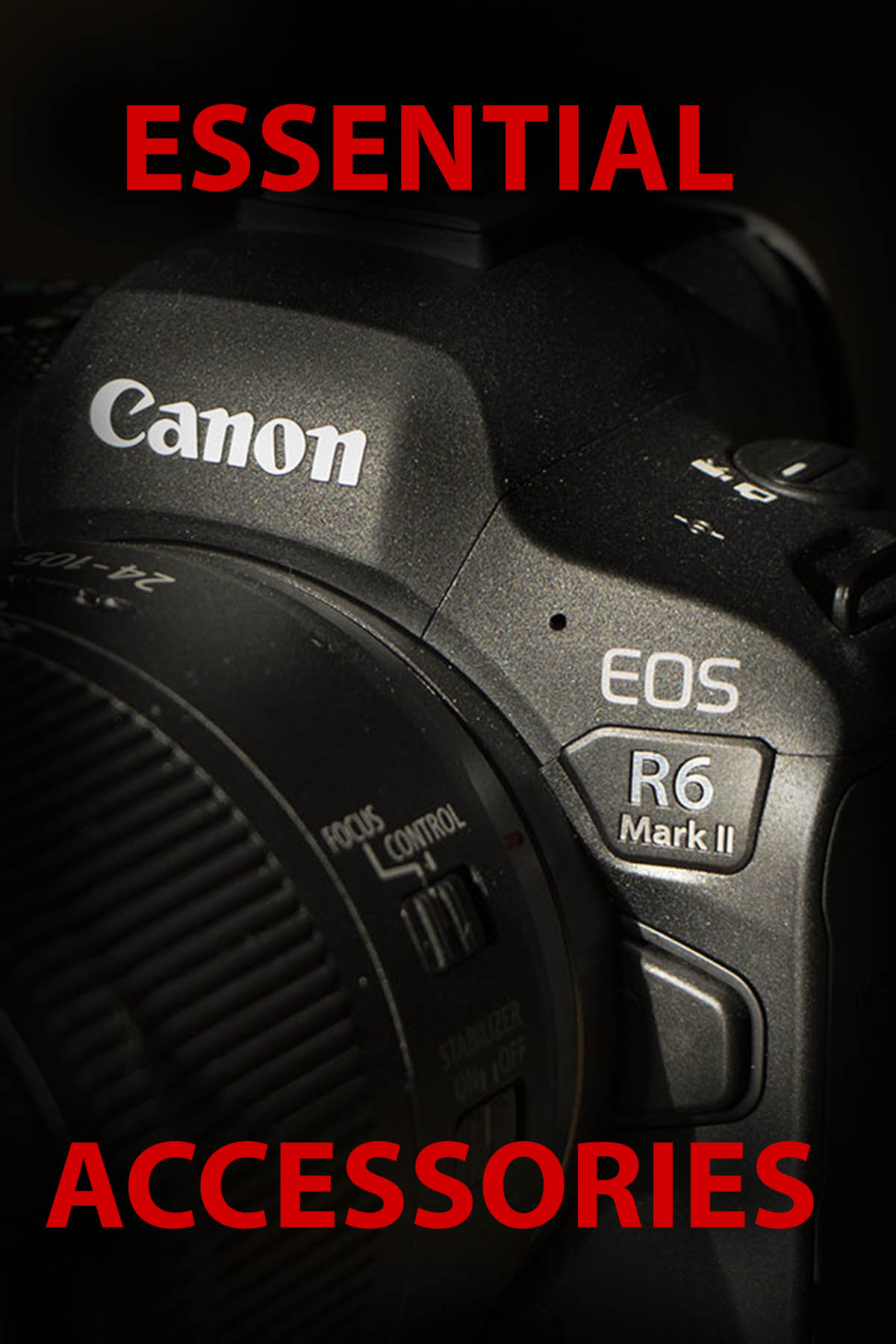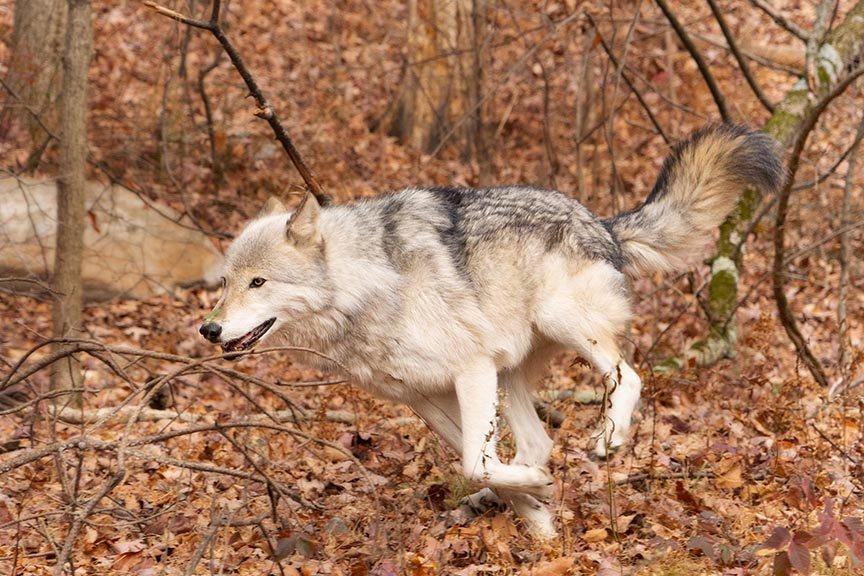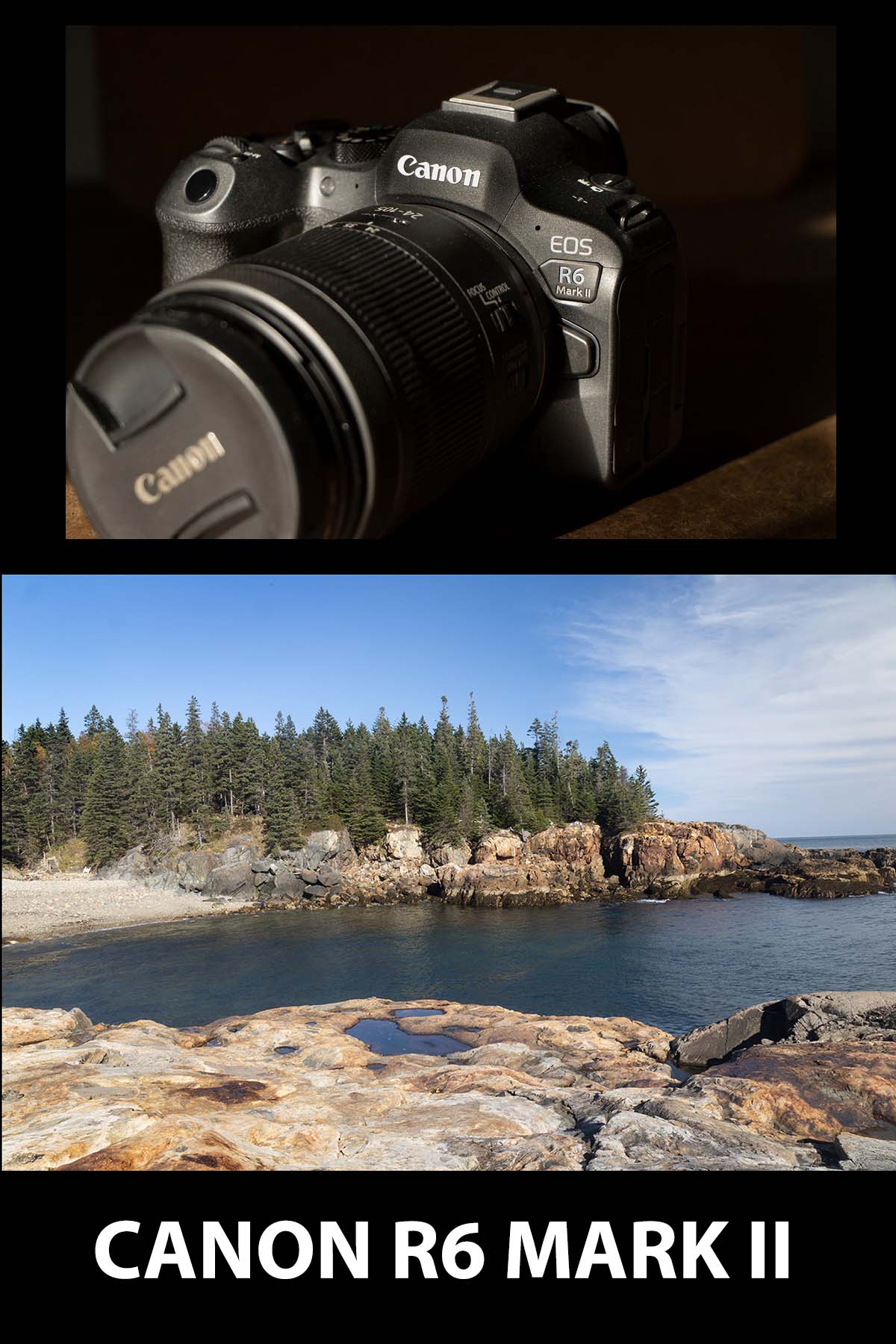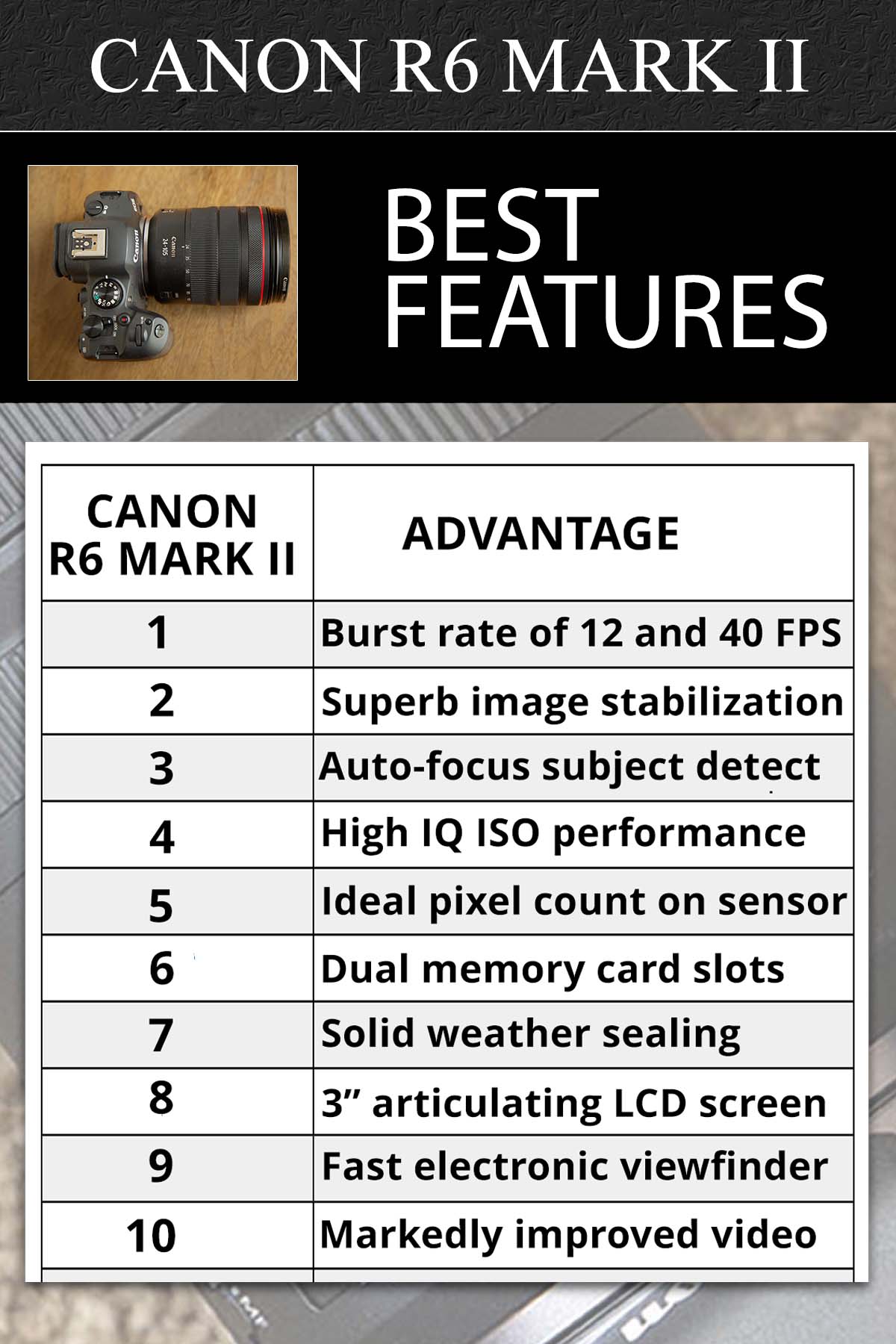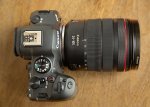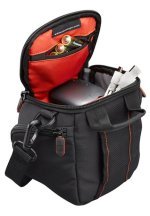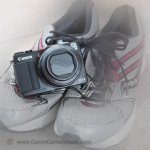10 Best Canon R6 Mark II Features
WRITTEN BY: BRUCE LOVELACE
April 7, 2025
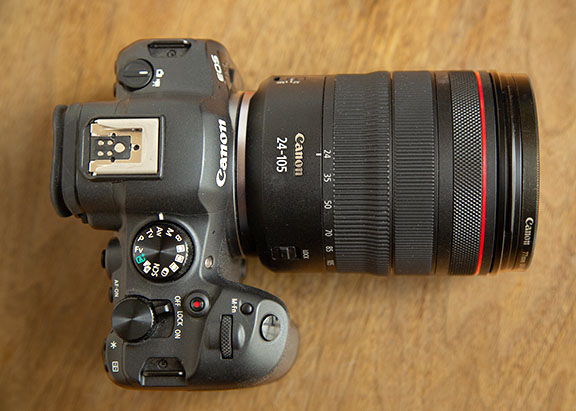 My Top Camera
My Top CameraThis is my personal review of the Canon R6 Mark II features that make it worth its steep price tag. You're wondering if the advanced features of the Canon R6 Mark II make it a worthwhile camera for you to invest in. Let's find out.
This post gives you 10 solid reasons to consider the R6 M2 as your next camera. Let's take a quick look at the improved features of the Mark II over the original version of the R6.
The original Canon R6 was a good camera, but the upgrades Canon put into the R6 Mark II were significant enough for me to buy my own copy.
Both the sensor and processor are new designs, giving you upgraded resolution, smarter auto-focus, faster electronic shutter burst rate, more capable video capture, and better single-handed operation.
You can now also get creative with focus bracketing and in-camera depth compositing and you get better wired and wireless connectivity.
That's a quick comparison, but now let's dive into my review of the top 10 features of the R6 Mark II that stand out, and in no particular order.
1. Burst Rate
The burst rate on the R6 Mark II is the fastest I've ever used and I love it. The R7 M2 shoots up to12fps mechanical shutter and 40fps when using the electronic shutter setting. You can also dial it down to just 5 fps, and of course, single exposures too.
Fast burst rates are very handy when shooting birds in flight or any kind of actions shots like the one I shot above. A quick frame rate is also useful when shooting portraits, insuring you'll capture the very best expression.
2. Image Stabilization
The R6 M2 has powerful 5-Axis In-Body Image Stabilization (IBIS), capable of giving you an insane 8 stops of image stabilization when coupled with an IS lens. Why is that such a good thing? You can shoot with really slow shutter speeds (like 1/2 second or a full second) and still not get any unwanted blur from hand-held camera movement.
At first, being a habitual tripod user, I distrusted IS-image stabilization (Nikon calls it VR-Vibration Reduction). Using a tripods eliminated blur caused by camera movement and gave you sharper images. With the R6 Mark II and image stabilization you can get sharper images without a tripod.
3. Auto-Focus Subject Detection
I've found the sophisticated focusing system on the R6 Mark II to be remarkable. It's fast. It's accurate, and versatile. The people animal, or vehicle settings use AI to give you sharply focused subjects
That's not to say other camera models aren't good, but People, animal, and vehicle AF subject detection
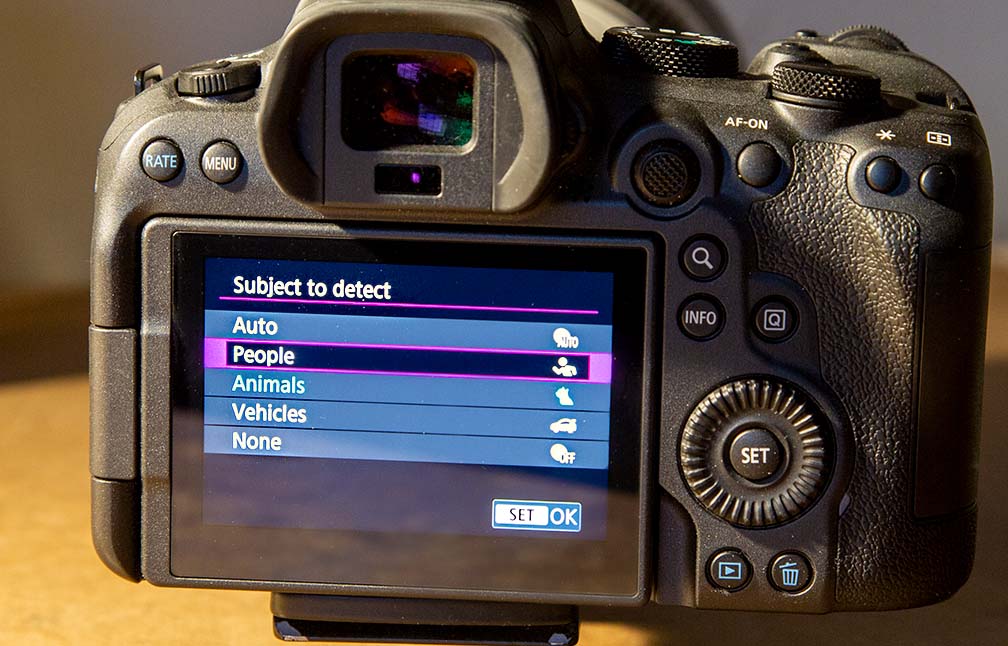 R6 Mark II Subject Selections
R6 Mark II Subject SelectionsThe number of options for focusing, including spot and areas, and detecting and tracking, can be a bit overwhelming. You can adjust focusing preferences in a multitude of ways, to your liking, based on the kind of photos you are taking.
4. High ISO Noise Performance
The R6 Mark II has unusually good image quality at super high ISO settings.
I grew up in the photography age of shooting film rated at ASA 400 (Kodak Tri-X) or slower. It was a big deal when ASA 1600 film came out in the 1980's, even though the resulting photos were full of grain. (The ASA film speed standards were changed to the current ISO system in 1974).
The solid image quality at super high ISO settings is a huge feature for me. I don't know the science behind it, but the low digital noise performance at high ISO settings is amazing on the R6 M2. Canon improved both the new sensor's light gathering efficiency and the Digic X processor. As a pro commercial/portrait photographer the image quality of the images I offer to my to clients has to be the best.
Suddenly the need for a tripod and flash is practically vanished in those dimly lit situations. Portraits at dusk, birds in flight, indoor sports photography See my post on the high ISO noise test on the R6 Mark II.
You can set the R6 Mark II ISO at a high number to get faster shutter speeds or smaller apertures and not worry about having to reduce noise with specialized software afterwards.
5. R6 Mark II Sensor
The Canon EOS R6 Mark II sensor does not have a super high pixel count. The R6 M2 sensor has only 24 MP. This is actually a good thing! Compare that with my 30 MP Canon ESO R or my 32 MP Canon R7. You'd think that more pixels is always better, but there's more to the story.
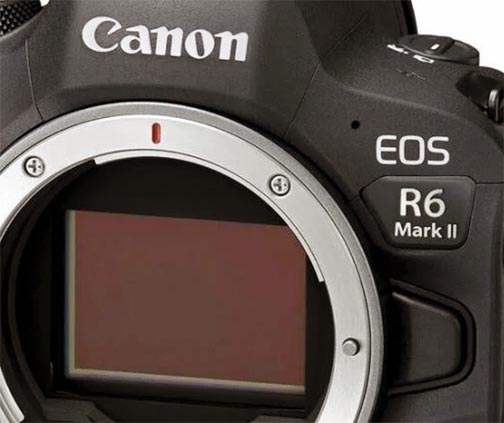 Canon R6 Mark II Sensor
Canon R6 Mark II SensorYou can fit larger pixels onto your sensor if there aren't too many. Larger pixels are better at recording light and you'll get better image quality provided you have enough image resolution. The R6 Mark II has plenty of resolution to record minute details and make extremely large prints.
Individual pixels have to be extra small in order to fit all of them on a sensor. Too many pixels squeezed onto it. That gives you better image quality.
I believe that 24 megapixels on a full-frame sensor camera, like the R6 Mark II, is a great number, making it a great camera for almost every type of photography you use it for on planet Earth.
These first 5 features of the R6 Mark II
6. Dual Memory Card Slots
The 2 identical memory card slots on the R6 Mark II are a must have for shooting pros like me and are a big plus for beginners and advanced enthusiasts. You can set your camera to use the dual slots in 3 different ways.
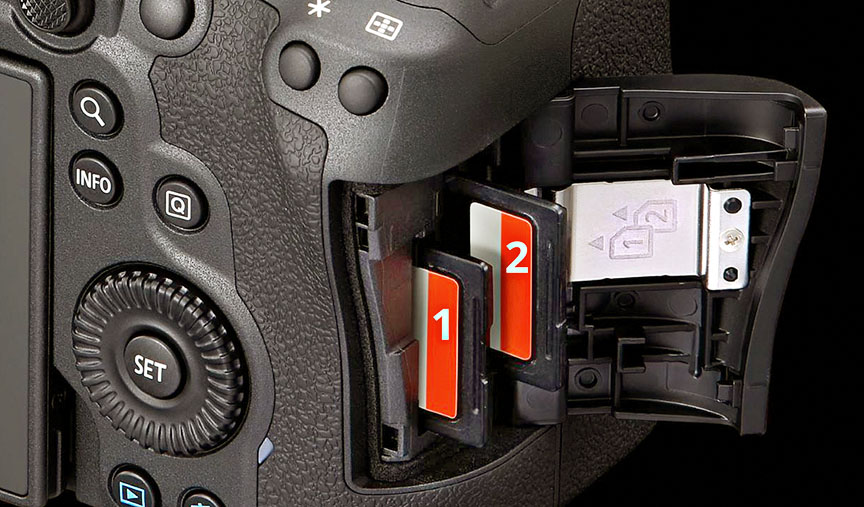 Dual Memory Card Slots
Dual Memory Card SlotsExtra memory, automatic back-up, or dual purpose
The first way to set your card slots is to have your camera write to one card until it's full, then automatically start recording on the 2nd card when the first card is full. You get a ton of capacity!
Secondly, you can write your images or video to both cards at the same time. That gives you an automatic back-up, protecting you from losing image because of a bad card or a corruption of data.
7. Weather Protection
Some of your best photographs can be taken during inclement weather. I often venture out with my R6 Mark II when it's wet. But the question comes up, is it safe to use your R6 Mark II when the elements aren't the best?
I've found out that you won't have an issue shooting in a gentle rain, but it's not a good idea to shoot photos or video in a wind-driven downpour.
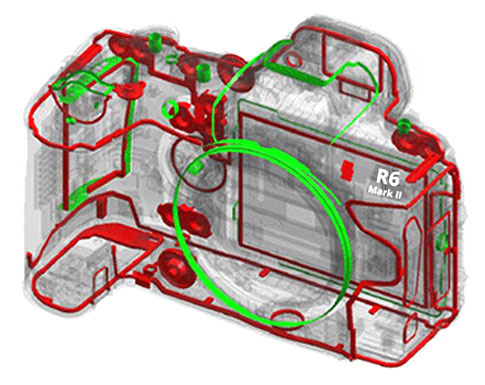 Weather Sealing
Weather SealingKeep the dust and moisture out!
Regarding protection from the weather Canon USA state the following "Sealing materials are used in critical areas like the buttons, terminal covers, the battery compartment and the card slot cover. Precise design and construction help to minimize accidental penetration of dust and moisture in the rest of the camera body."
8. LCD Screen
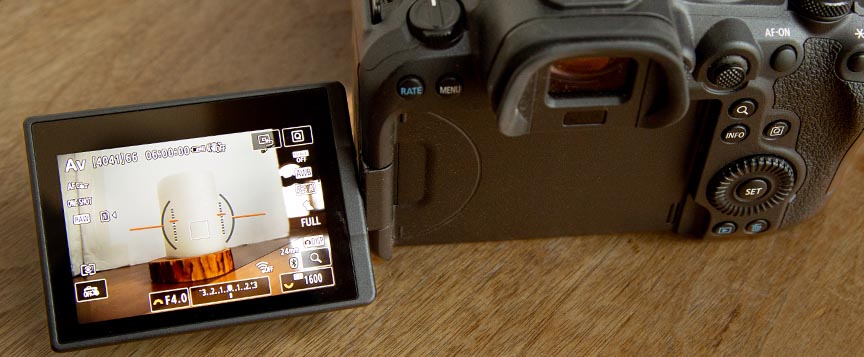 R6 M2 Touch LCD Screen
R6 M2 Touch LCD ScreenThe R6 Mark II has a 3-inch, 1.62-million-dot vari-angle touchscreen LCD that provides you with flexible shooting angles and intuitive touch control for focus selection, menu navigation, and image review.
I love the movable feature, particularly for shooting macro and I won't buy another camera without an articulating screen again.
9. EVF
The electronic viewfinder is a bright 3.68-million-dot OLED electronic viewfinder giving you a detailed view with a smooth refresh rate of up to 120fps. I like the auto-detect feature of the viwfinder, automatically switching from LCD to EVF by sensing the prisimity of your eye to the back of your camera.
10. Video
I don't shoot much video, but when I do I haven't been disappointed with the video performance of this camera.
For video-shooting enthusiasts, there's no 30 minute limit for recording. You can shoot 4K 60p without crop (oversampled from 6K). I love the180 fps high-speed movie mode option. You can get some visually engaging slow motion videos of common ordinary events.
My hope is that you found this list of 10 important features of the Canon R6 Mark II camera useful. See related articles on the camera below my signature.


Bruce Lovelace is the publisher of Canon Camera Geek. Read more about him on the About Page. He also publishes how to articles and camera gear reviews at the Photography Tips website.
View some of Bruce's photos on Instagram and Flickr. Join the tribe of followers on YouTube. Bruce also runs photo workshops and provides 1 on 1 digital photography coaching.
Recent Articles
-
My Review of The 10 Best Canon R6 Mark II Features That Impressed Me
Apr 12, 25 08:51 AM
Beyond the Pixel: Discover the Game-Changing Features That Make the Canon R6 Mark II a Must Have Camera -
Canon RF 24-105 Lens Comparison. Guide To Which One Is Right For You
Apr 07, 25 12:47 PM
Which is the best of the 3 versions of the Canon RF 24-105mm Lens for Canon mirrorless cameras? What's The 24-105 Lens Good For -
3 Better Alternatives to Camera Bags From Canon. Helpful Guide To Bags
Apr 03, 25 11:51 AM
After searching for the top best selling Canon bags, I found 3 better alternatives to camera bags from Canon -
Canon 70-200 2.8 Tripod Collar. Article and Video of The Advantages
Apr 03, 25 11:02 AM
Some call it an optional accessory. I say a canon 70-200 2.8 tripod collar is a necessity when using this lens on a tripod or monopod. -
Running With The G1X Mark II, Acting Like a Kid, You Should Try This
Apr 03, 25 10:31 AM
Ever get a new "toy" and want to just play? I did.Got my new Canon compact camera. Went running with the G1x Mark II

